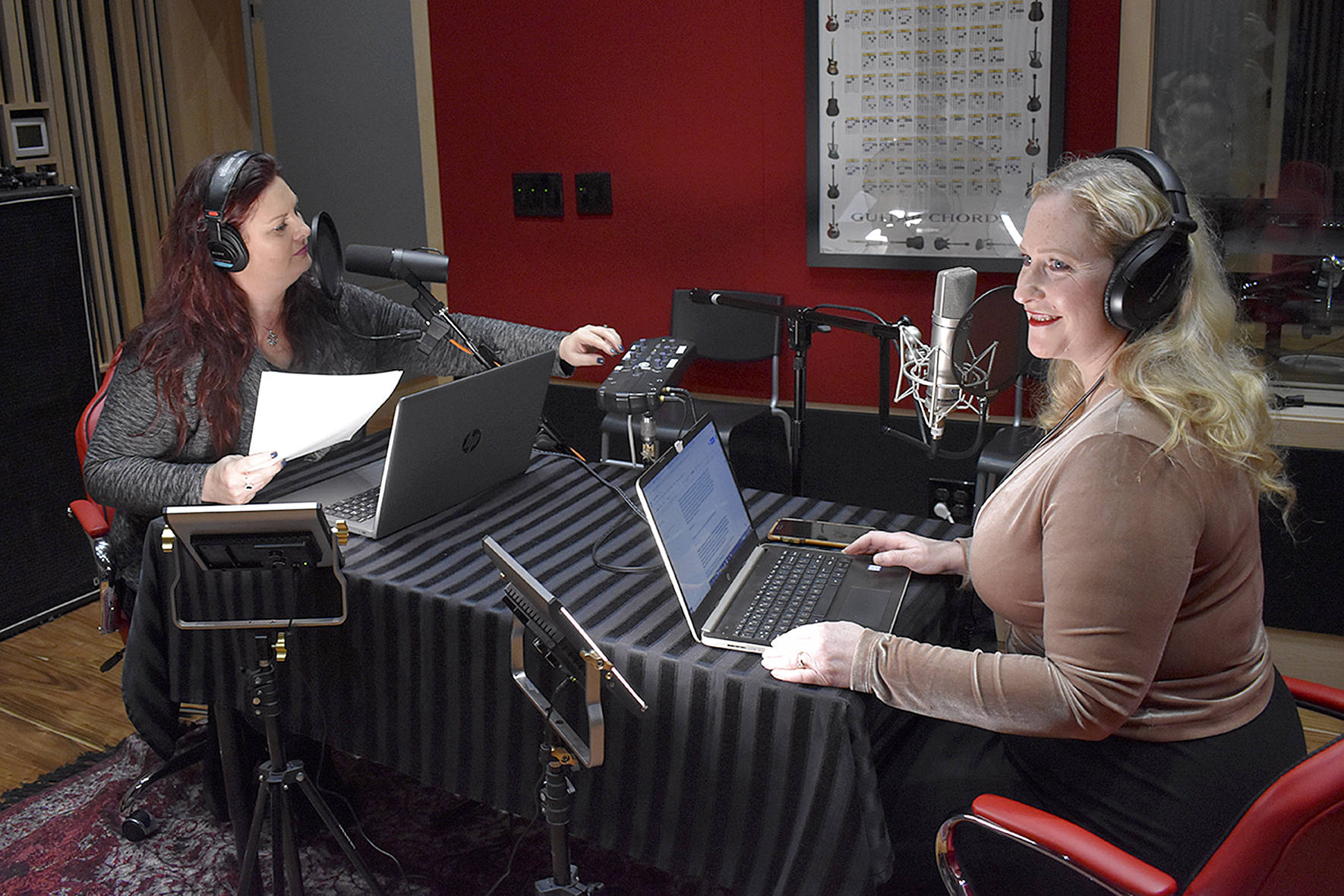Franz von Stuck reworked his painting Sin eleven times. Clearly there was something about the bare breasted Eve figure, serpent unapologetically wrapped around her shoulders in the blue gloom, that obsessed him. And, when displayed at an 1893 show by avant gardists later called the Munich Secession, the canvas was a shockerparticularly against the old Künstlergenossenschaft academy members whom von Stuck and company opposed. Where was the piety, the Christian symbolism, the condemnation of this, well, lust? The Munich Secession in America groups together some 70 paintings from (and related to) that movement, first introduced to the U.S. 100 years ago. Unlike the French Impressionists, the Munich Secession got less traction in Americasoon after the 1909 introduction, World War I put all things German into disfavor. Yet there are traces of Impressionism here, along with the traditional themes of the Künstlergenossenschaft, glimpses forward of the Jugendstil movement (see Evening Sky by Richard Riemerschmid), and portents of the 20th century to come. Von Stucks poster for the 1893 show, included here, has a Hellenic theme. In the same gallery, Max Slevogts large Wrestling School also indicates a Greek revivalthese men grappling in the buff could be Spartan warriors, characters in a D.H. Lawrence novel, or future Brown Shirts. History has been stripped off. (Closed Mon.) BRIAN MILLER
Jan. 24-April 12, 2009




